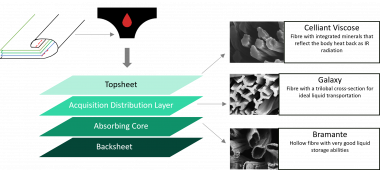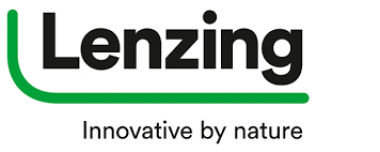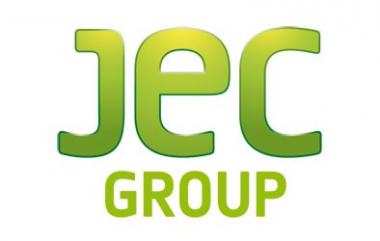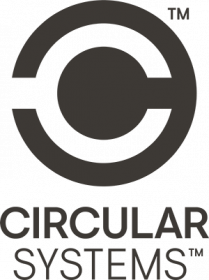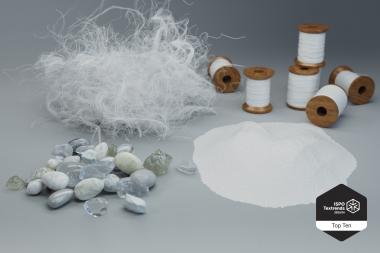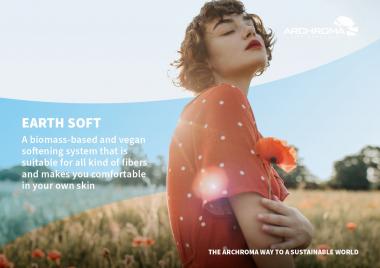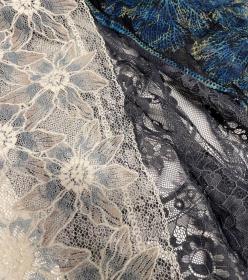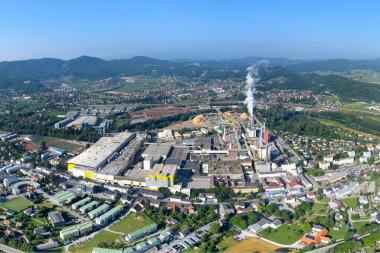HYPETEX® and adidas selected as JEC Innovation Awards 2022 Finalists
Hypetex®, a leader in colouring carbon fibre materials, is delighted to announce that its Hypetex® Kromaskin™ field hockey stick for adidas has been selected as a finalist for the 2022 JEC Innovation Awards.
Hypetex® was commissioned by adidas to develop a market leading hockey stick differentiated from existing equipment not just by its unique pigmented carbon fibre finish, but also by its game changing hitting power and consistency. The patented range of Kromaskin™ sticks, created with support from project partners Textreme® and Marque Makers, was found to outperform competitors in a benchmark study against eight other premium hockey sticks carried out by Loughborough’s Sports Technology Institute (STI).
Hypetex® lead the design, engineering, materials, and production process development for the adidas field hockey stick project. By incorporating the stick’s finish colour within the outermost carbon fibre layer, the stick mould could be adjusted outwards, placing the highly structural spread tow materials right at the outer extremities of the mould cavity, increasing mechanical performance and maximising the structural benefits of the composite materials used.
Whilst the Kromaskin™ surface provides a stunning depth of colour with minimal finishing required after demoulding, the Hypetex® technology, including an epoxy based expanding microsphere system used in the core, delivers significant performance gains on the hockey pitch. In tests at the STI, adidas Kromaskin™ sticks had up to 16% higher coefficient of restitution (COR), meaning they will return more energy and the ball will travel faster. In addition, through the production led design and materials used, the variation in COR was 70% less than the other sticks on test, a significant reduction in the production inconsistencies common with the manufacturing of performance sporting goods.
Hypetex® / 100% Marketing








